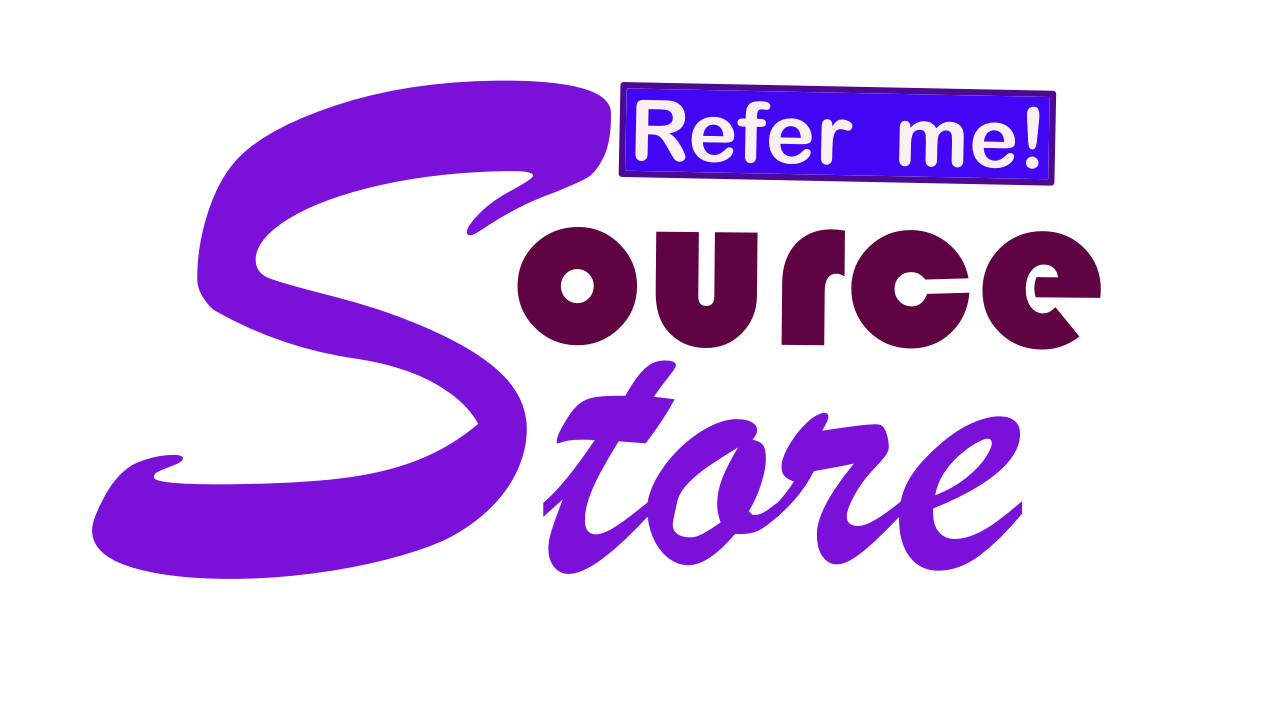Here are 50 tips to help you become more communicative with others:
- Practice active listening by giving the person your full attention.
- Ask open-ended questions to encourage conversation.
- Show interest in what the person is saying by nodding, maintaining eye contact, and responding appropriately.
- Use nonverbal cues to convey your thoughts and emotions.
- Avoid interrupting the other person while they are speaking.
- Use appropriate body language to convey confidence and openness.
- Use humor to lighten the mood and put the other person at ease.
- Speak clearly and concisely to ensure that your message is understood.
- Use appropriate tone and volume to convey your message effectively.
- Avoid using jargon or technical terms that the other person may not understand.
- Use storytelling to illustrate your point and engage the other person.
- Use positive language and avoid negativity.
- Use active voice instead of passive voice to convey your message more effectively.
- Avoid speaking too quickly or too slowly.
- Be empathetic and try to understand the other person's perspective.
- Use examples and anecdotes to clarify your point.
- Avoid judgment and criticism.
- Be patient and give the other person time to respond.
- Use repetition to reinforce your message.
- Use analogies and metaphors to simplify complex ideas.
- Use visual aids to convey your message more effectively.
- Use summaries and recaps to ensure that the other person has understood your message.
- Use silence effectively to allow the other person to process their thoughts.
- Use active listening techniques like summarizing and reflecting to show that you are engaged in the conversation.
- Avoid distractions like phones and other devices while communicating.
- Use transitional phrases to signal changes in the conversation.
- Use questions to prompt the other person to expand on their thoughts.
- Use appropriate humor to make the other person feel at ease.
- Use positive body language like smiles and nodding to convey your message.
- Use appropriate eye contact to convey confidence and interest.
- Use appropriate gestures to emphasize your point.
- Use appropriate vocal inflections to convey emotion.
- Avoid using filler words like "um" and "uh".
- Use appropriate levels of formality depending on the situation.
- Avoid using slang or informal language in formal situations.
- Use appropriate language for your audience.
- Use active listening to show that you are interested in what the other person has to say.
- Use appropriate timing to convey your message effectively.
- Use appropriate levels of detail depending on the situation.
- Avoid speaking over the other person or dominating the conversation.
- Use appropriate language to avoid offending the other person.
- Use appropriate levels of enthusiasm and energy to convey your message effectively.
- Use appropriate levels of empathy to connect with the other person.
- Use appropriate levels of persuasion to convey your message effectively.
- Use appropriate levels of assertiveness to convey your message effectively.
- Use appropriate levels of compromise to reach a mutually beneficial outcome.
- Use appropriate levels of confidence to convey your message effectively.
- Use appropriate levels of vulnerability to build trust and connection.
- Use appropriate levels of humor to make the other person feel comfortable.
- Use appropriate levels of appreciation to show gratitude and respect.
